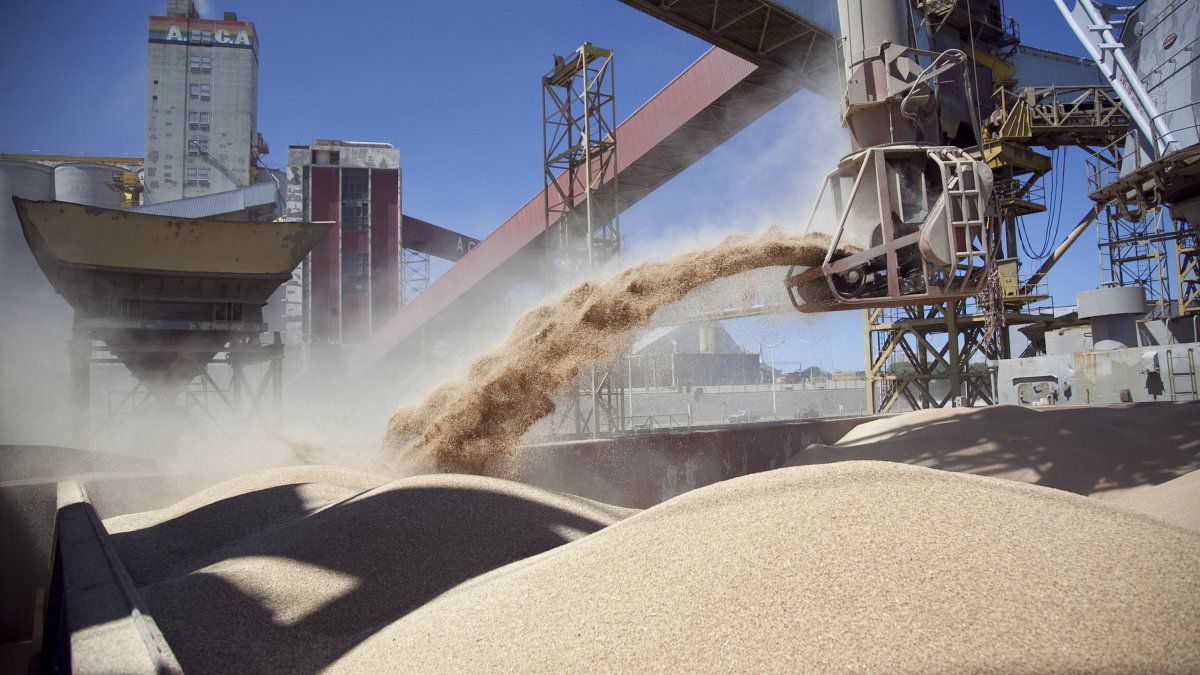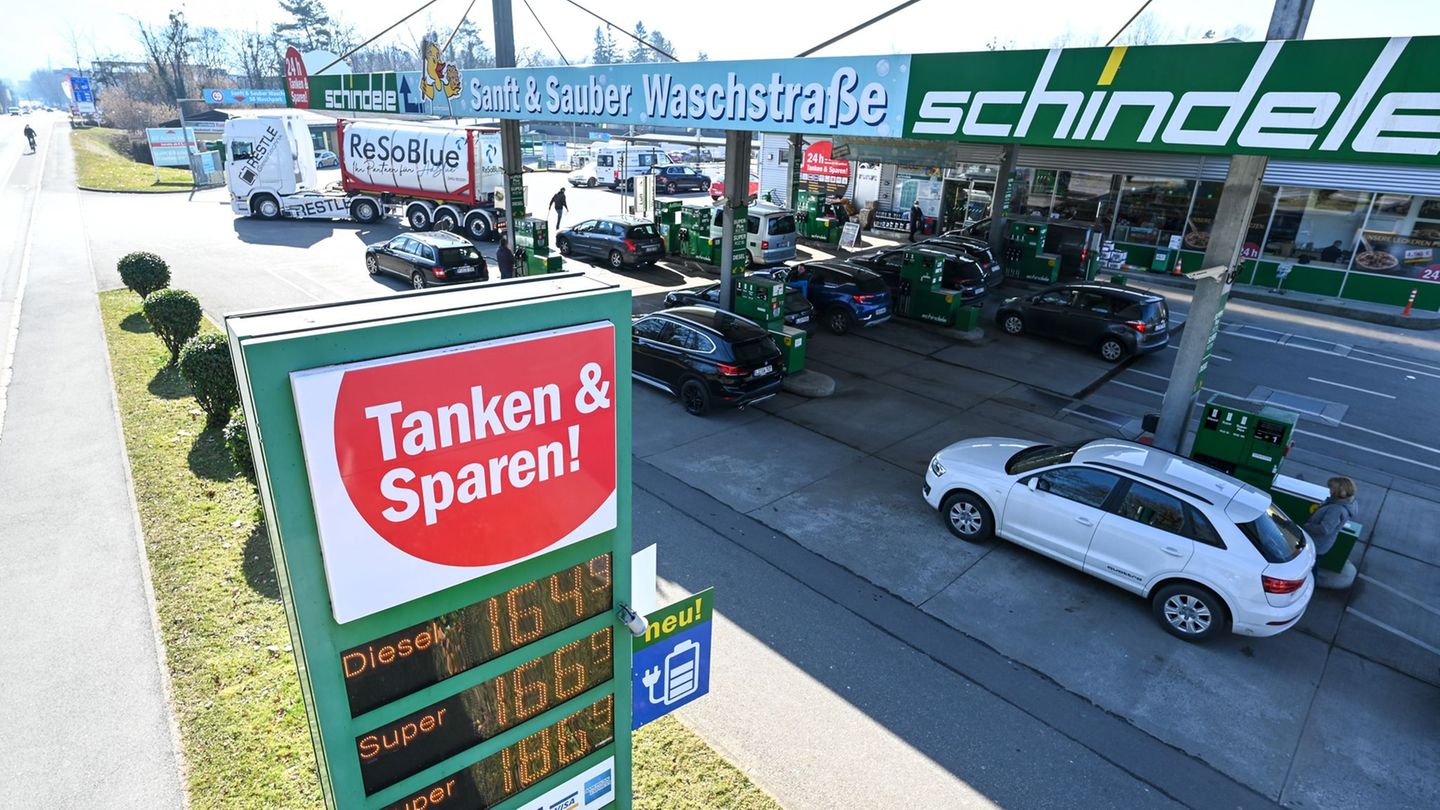He also specified that the agricultural “it is not only the main exporter” but also the leader in terms of net exports, that is, the balance of sales and purchases with foreign markets, to the point that in the first semester the item “oilseeds and cereals” had a surplus of US$19,983 million and was followed by a considerable distance by another sector linked to agribusiness, such as “food, beverages and tobacco”, with US$3,967 million.
In a scenario in which only mining appears as a non-agricultural sector with a surplus balance, The Stock Exchange pondered that “the enormous contribution of the various agro-industrial chains allows financing the net imports of the automotive sector and the chemical industries, in addition to electricity, metals, supplies and machinery that is required from abroad.”
In a report published on its website, the BCR also highlighted that “the strong growth in prices and quantities exported gives oxygen to Argentina’s external accounts”, and maintained that “without the record liquidation of agriculture, there is no doubt that the situation of the net reserves (of the Central Bank) would be very complex”.
In this regard, he assured that if the levels of liquidation of agriculture had not grown as they did in the last five years, “net reserves would have followed a negative path for a long time.”
“However, the export power of Argentina’s agribusiness, in combination with the significant rise in international prices, has made it possible to support the complex dynamics of Argentina’s external accounts, limiting the drain on reserves,” he added.
According to the latest report from the BCR’s Directorate of Information and Economic Studies, in the first half of the year the oilseeds and cereals sector entered more than US$22,000 million in the foreign exchange market, which represented “the highest level in a semester in the Argentine history.
“These levels are 9% above last year and are 115% higher than in 2020, more than doubling in just two years”remarked the entity.
In that sense, he pointed out that “only taking oilseeds and cereals explains half of the dollars entered in Argentina so far this year and in recent years.”
“If we consider the total of the related sectors, that is, agriculture, livestock, food, beverages and tobacco, we find that US$65 of every US$100 exported in Argentina comes from agriculture,” said the BCR, which He clarified that the three items added together contributed US$29,000 million in exports in the first half of the year.
Lastly, although soybeans were imported, the entity clarified that “to avoid that the idle capacity of the industry is not even greater”, since it has the possibility of industrializing about 68 million tons per year, with a production of around 42 million.
Source: Ambito
David William is a talented author who has made a name for himself in the world of writing. He is a professional author who writes on a wide range of topics, from general interest to opinion news. David is currently working as a writer at 24 hours worlds where he brings his unique perspective and in-depth research to his articles, making them both informative and engaging.




